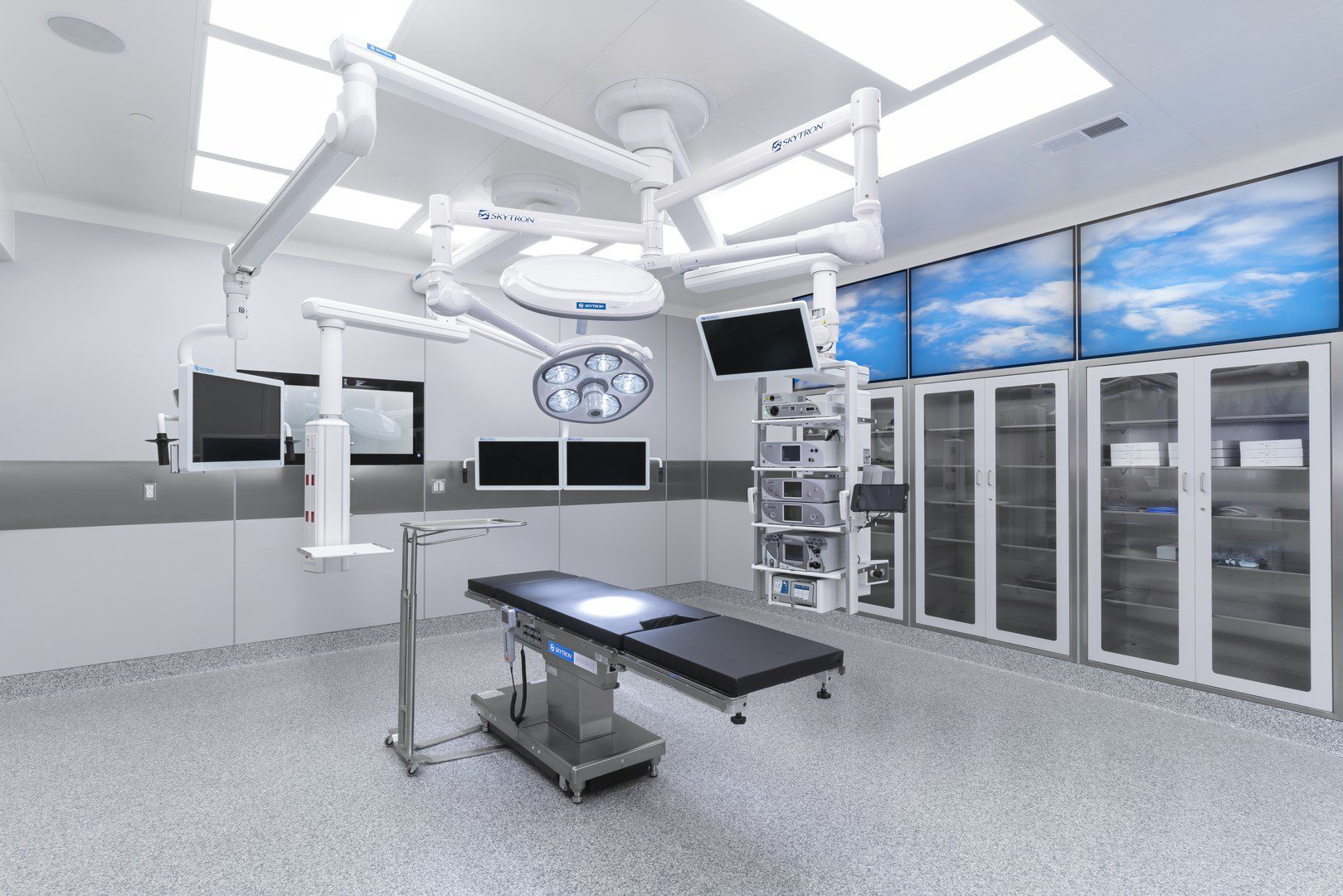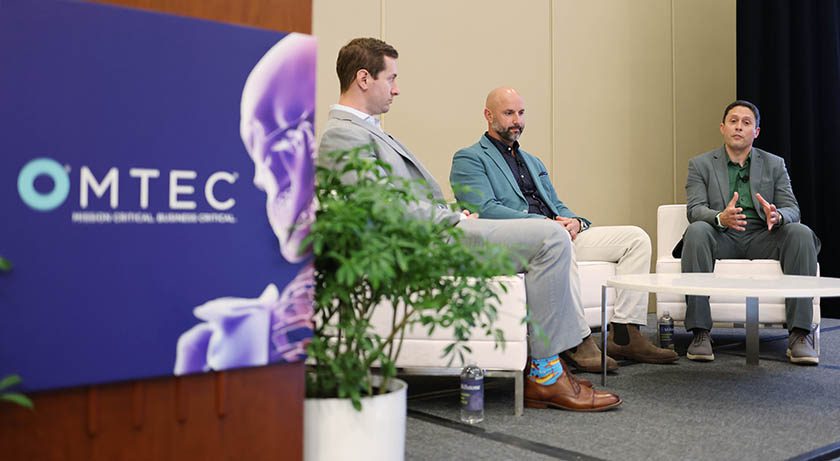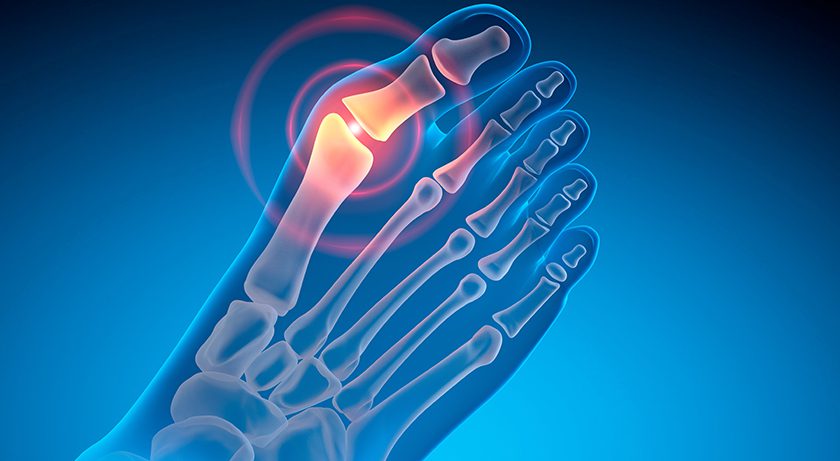

 Copy to clipboard
Copy to clipboard 
The sports medicine market is benefiting from a host of market dynamics, including favorable patient demographics, procedure advancements, cartilage repair and regeneration innovations and site of care shifts.
We estimate that global sports medicine sales surpassed $7 billion in 2024. While the market is gaining greater attention from startups and large strategics, Arthrex has long dominated the space, with 34% of its market share. The company believes that future expansion will come not only from product updates but also from service offerings.
Due to its minimally invasive nature, arthroscopy is well suited for ambulatory surgery centers (ASCs) and, in some cases, offices. The growth of orthopedic procedures in ASCs requires updates to technology, workflows and infrastructure. Arthrex launched a surgery center innovation program to help surgeon entrepreneurs and hospitals capitalize on the ASC market.
We asked Jimmy Dascani, Arthrex’s Director of Health Care Administrator Relations, about this move and other market and technology trends the company is closely watching. He said sports medicine is ripe for continued growth overall.
“The global sports medicine market is healthy,” Mr. Dascani said, “and will continue be healthy as older patients want to remain active for longer and healthcare consumers become more informed about the latest motion-preserving products, procedures and advanced technologies.”
What are the latest trends you’re following, and how are they shaping the market?
Mr. Dascani: Surgical cases migrating out of the inpatient setting and into the hospital outpatient and ambulatory surgery center settings is one of the major trends we are not only following, but participating in. Since ASCs are reimbursed less than hospitals, they continue to focus on partnerships that help drive operational efficiencies while simultaneously improving the patient, staff and surgeon experience. This market trend has challenged many ASCs to manage more complex patients and add new procedures.
To meet this shift in acuity, ASCs seek access to education, training and advanced technologies. In addition, many surgical facilities were designed and built decades ago and were not meant to manage the types of cases that are being performed today in ASCs. At some point, modernizing an older facility is not optional if the ASC wants to become more efficient and provide consumers with access to the latest innovations and procedures.
How will the growth of the ASC market impact sports medicine? What does Arthrex’s ASC X entail, and how is it being received?
Mr. Dascani: As one of the pioneers in minimally invasive surgery, our products and procedures have helped enable sports medicine cases to be safely performed in the ASC setting for many years. The demand for quality and reliability continues to grow for us since we have over four decades of experience providing the necessary education, training, research and product development for ASC-specific procedures.
One of the many challenges facing ASCs is that their current facilities are outdated or that they want to build a new facility that is patient-centric and highly efficient for surgeons and staff. To help meet this demand, we launched the Arthrex Surgery Center Innovation program, ASC X. We are helping health systems, hospitals, ASCs and physician groups from around the world plan, design, build and operate highly advanced and efficient ASCs.
Throughout the process, we incorporate emerging technologies into the planning and design phase, then provide expertise to help them move through the operational phase and into the organizational growth phase.
Where is the greatest opportunity for technological advancement in sports medicine?
Mr. Dascani: Developing products, techniques or technologies that reduce risks for the patient, surgeon and facility is one of the greatest opportunities for Arthrex to make a meaningful impact in medicine and quality of life for patients. We also know that patients want to have the best possible chance for an optimal outcome, so providing customers with the ability to offer their patients ultra-minimally invasive, minimally invasive or non-operative options are important elements of helping them treat their patients better.
How do you see enabling technology shaping the sports medicine market? How does it fit into your portfolio?
Mr. Dascani: Health care and the entire life sciences industry is at an exciting intersection of artificial intelligence, advanced information technologies, biotechnologies, advanced manufacturing technologies and 3D printing. In the sports medicine market, providing surgeons, nurses and the surgical team with more information in real time will improve clinical decision-making and solve challenges to ultimately improve outcomes and the entire patient experience. Enabling technologies will play a more important role in how we help surgeons and facilities provide care for their patients over the next several years.
Strategics and startups have shown significant interest in the sports medicine market in recent years. As the largest sports medicine player, how are you thinking about the competitive landscape?
Mr. Dascani: Competition is healthy, and we certainly keep a finger on the pulse of new products, technologies and potential opportunities. However, we continue to remain hyper-focused on the speed and level of our current innovation that the market has come to expect from us.
The sports medicine market is benefiting from a host of market dynamics, including favorable patient demographics, procedure advancements, cartilage repair and regeneration innovations and site of care shifts.
We estimate that global sports medicine sales surpassed $7 billion in 2024. While the market is gaining greater attention from...
The sports medicine market is benefiting from a host of market dynamics, including favorable patient demographics, procedure advancements, cartilage repair and regeneration innovations and site of care shifts.
We estimate that global sports medicine sales surpassed $7 billion in 2024. While the market is gaining greater attention from startups and large strategics, Arthrex has long dominated the space, with 34% of its market share. The company believes that future expansion will come not only from product updates but also from service offerings.
Due to its minimally invasive nature, arthroscopy is well suited for ambulatory surgery centers (ASCs) and, in some cases, offices. The growth of orthopedic procedures in ASCs requires updates to technology, workflows and infrastructure. Arthrex launched a surgery center innovation program to help surgeon entrepreneurs and hospitals capitalize on the ASC market.
We asked Jimmy Dascani, Arthrex’s Director of Health Care Administrator Relations, about this move and other market and technology trends the company is closely watching. He said sports medicine is ripe for continued growth overall.
“The global sports medicine market is healthy,” Mr. Dascani said, “and will continue be healthy as older patients want to remain active for longer and healthcare consumers become more informed about the latest motion-preserving products, procedures and advanced technologies.”
What are the latest trends you’re following, and how are they shaping the market?
Mr. Dascani: Surgical cases migrating out of the inpatient setting and into the hospital outpatient and ambulatory surgery center settings is one of the major trends we are not only following, but participating in. Since ASCs are reimbursed less than hospitals, they continue to focus on partnerships that help drive operational efficiencies while simultaneously improving the patient, staff and surgeon experience. This market trend has challenged many ASCs to manage more complex patients and add new procedures.
To meet this shift in acuity, ASCs seek access to education, training and advanced technologies. In addition, many surgical facilities were designed and built decades ago and were not meant to manage the types of cases that are being performed today in ASCs. At some point, modernizing an older facility is not optional if the ASC wants to become more efficient and provide consumers with access to the latest innovations and procedures.
How will the growth of the ASC market impact sports medicine? What does Arthrex’s ASC X entail, and how is it being received?
Mr. Dascani: As one of the pioneers in minimally invasive surgery, our products and procedures have helped enable sports medicine cases to be safely performed in the ASC setting for many years. The demand for quality and reliability continues to grow for us since we have over four decades of experience providing the necessary education, training, research and product development for ASC-specific procedures.
One of the many challenges facing ASCs is that their current facilities are outdated or that they want to build a new facility that is patient-centric and highly efficient for surgeons and staff. To help meet this demand, we launched the Arthrex Surgery Center Innovation program, ASC X. We are helping health systems, hospitals, ASCs and physician groups from around the world plan, design, build and operate highly advanced and efficient ASCs.
Throughout the process, we incorporate emerging technologies into the planning and design phase, then provide expertise to help them move through the operational phase and into the organizational growth phase.
Where is the greatest opportunity for technological advancement in sports medicine?
Mr. Dascani: Developing products, techniques or technologies that reduce risks for the patient, surgeon and facility is one of the greatest opportunities for Arthrex to make a meaningful impact in medicine and quality of life for patients. We also know that patients want to have the best possible chance for an optimal outcome, so providing customers with the ability to offer their patients ultra-minimally invasive, minimally invasive or non-operative options are important elements of helping them treat their patients better.
How do you see enabling technology shaping the sports medicine market? How does it fit into your portfolio?
Mr. Dascani: Health care and the entire life sciences industry is at an exciting intersection of artificial intelligence, advanced information technologies, biotechnologies, advanced manufacturing technologies and 3D printing. In the sports medicine market, providing surgeons, nurses and the surgical team with more information in real time will improve clinical decision-making and solve challenges to ultimately improve outcomes and the entire patient experience. Enabling technologies will play a more important role in how we help surgeons and facilities provide care for their patients over the next several years.
Strategics and startups have shown significant interest in the sports medicine market in recent years. As the largest sports medicine player, how are you thinking about the competitive landscape?
Mr. Dascani: Competition is healthy, and we certainly keep a finger on the pulse of new products, technologies and potential opportunities. However, we continue to remain hyper-focused on the speed and level of our current innovation that the market has come to expect from us.

You are out of free articles for this month
Subscribe as a Guest for $0 and unlock a total of 5 articles per month.
You are out of five articles for this month
Subscribe as an Executive Member for access to unlimited articles, THE ORTHOPAEDIC INDUSTRY ANNUAL REPORT and more.
CL
Carolyn LaWell is ORTHOWORLD's Chief Content Officer. She joined ORTHOWORLD in 2012 to oversee its editorial and industry education. She previously served in editor roles at B2B magazines and newspapers.







